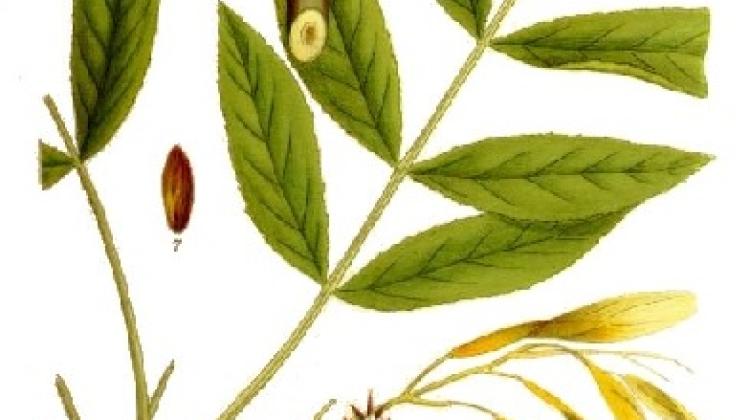Epidemic is killing European ash

European ash is dying throughout Europe, and so far there is no rescue. A fungus, probably brought from Japan, is to blame. It has been discovered by a Polish researcher, Prof. Tadeusz Kowalski from the University of Agriculture in Kraków. For years he has conducted research to solve the problem.
Ash, like oak, was a cult tree in the culture of the Slavs. It was a decorative tree in parks and gardens, and it is an important element of the forests. "European ash is considered a noble tree. It is valuable to the forest, although large soil requirements limit the range of habitats in which it can grow. It grows mainly in the alluvial forests, along with alder, linden and elm. It can also be found in parks and roadside plantings. For many years it did not cause any problems for foresters and seldom showed symptoms of disease"- said Prof. Kowalski.
In an interview with PAP the researcher described how he arrived at his conclusions. "In the beginning of the 90s, dieback of ash was signalled in Poland. Tree diseases are not uncommon, I have been dealing with this issue for decades. But in the beginning, none of us realized how serious the problem was. We thought that it was a periodic phenomenon, possibly a local one. It turned out to be the beginning of a serious epidemic" - said the researcher.
The disease began to spread quickly, and by now it has spread all over Europe. Ash dieback has been reported in 28 countries, as of 2012 also in the British Isles. Particularly rapid rate of dying (even within one vegetation period) is observed in young stands. In some countries, tens of percent of ash have already died out. In Sweden, ash is on the red list of endangered species.
After analysis and research, in 2006 Prof. Kowalski determined that a sac fungus is responsible for the spread of the disease. These fungi have two stages of development - asexual, or vegetative, and sexual - generative. Prof. Kowalski described the vegetative stage under the name Chalara fraxinea. However, since at this stage there are no spores, the described fungus could contribute to the development of infections at a distance. It was necessary to look further.
Parallel to the research of Kraków scholar, researchers in other European countries began to study the causes of problems with European ash. One by one, they confirmed the presence of the fungus described by the Polish researcher in the dying trees.
Further tests were carried out in collaboration with the ETH Zurich. In some parts of Switzerland ash was dying, in other regions - the trees were healthy. After conducting comparative studies, both morphological and genetic, the researchers ultimately described the generative stage of the perpetrator of ash dieback. Today it bears the name Hymenoscyphus fraxineus.
PAP - Science and Scholarship in Poland, Karolina Duszczyk
kol/ zan/ mrt/
tr. RL
Przed dodaniem komentarza prosimy o zapoznanie z Regulaminem forum serwisu Nauka w Polsce.


















